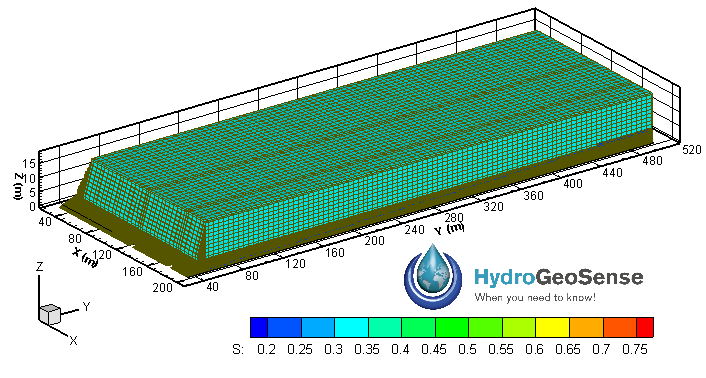Modeling
The focus of numerical simulation is defined based on whether one is trying to predict (simulate) a particular process or to model (reproduce) an existing process. Simulation attempts prediction of the process performance on the basis of fundamental concepts and/or theory, while modeling relies on actual data from the actual process to mimic reproduce to the extent possible the observed behavior to then use the resulting model to predict, modify or manage/alter, in some fashion, the behavior of such process.
A key element of numerical analysis flow and transport through porous media is the accurate knowledge of the controlling parameters such as hydraulic conductivity, porosity and its partition between macro and micro components, dispersion and diffusion coefficients as well as reaction coefficients. Given the fact that natural and even man-made porous media at field scales are not homogeneous, the knowledge of the spatial variability of the controlling parameters is of critical importance. Numerical analysis without actual parameter values, although of intellectual interest, rarely provides real value for the design or improvement of an industrial process.
The figure below illustrates the application of Computational Fluid Dynamics (CFD) to the simulation of variably saturated fluid flow for the desing of an oxide-copper leaching process.

